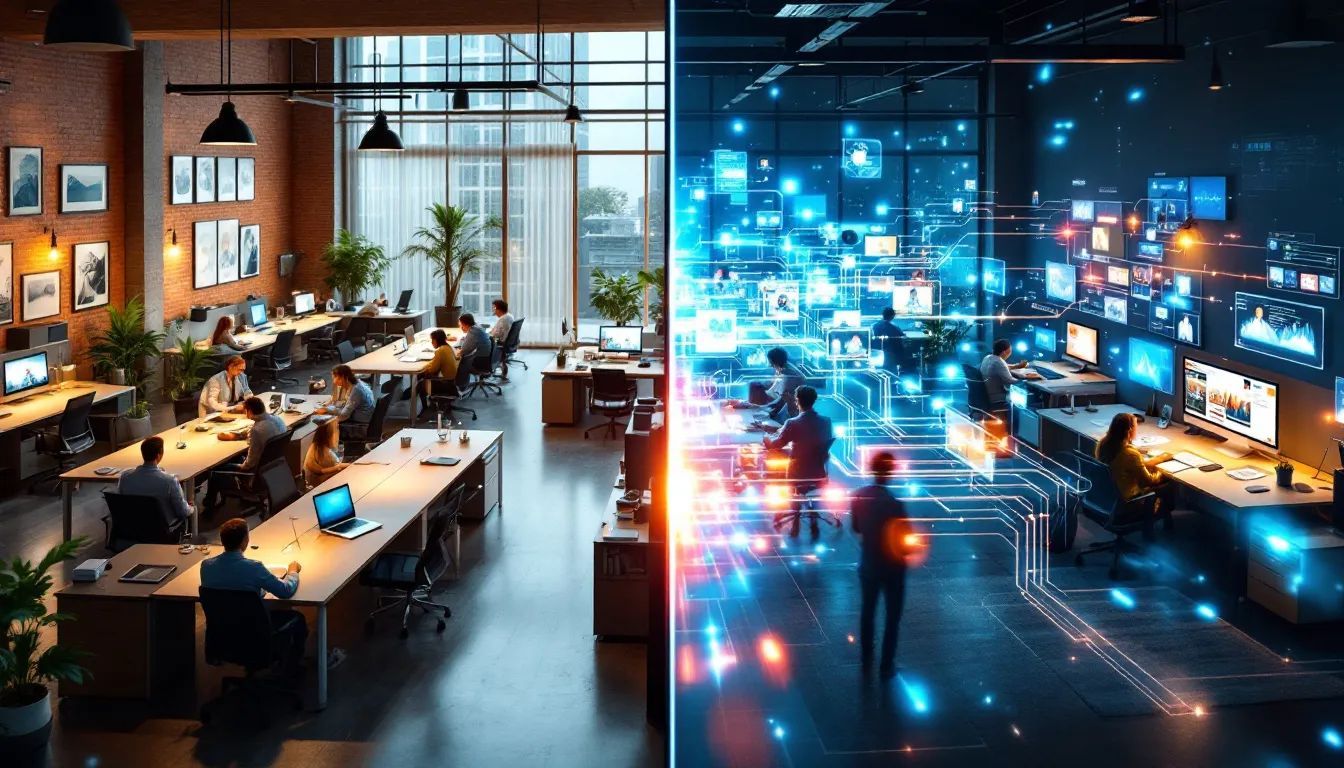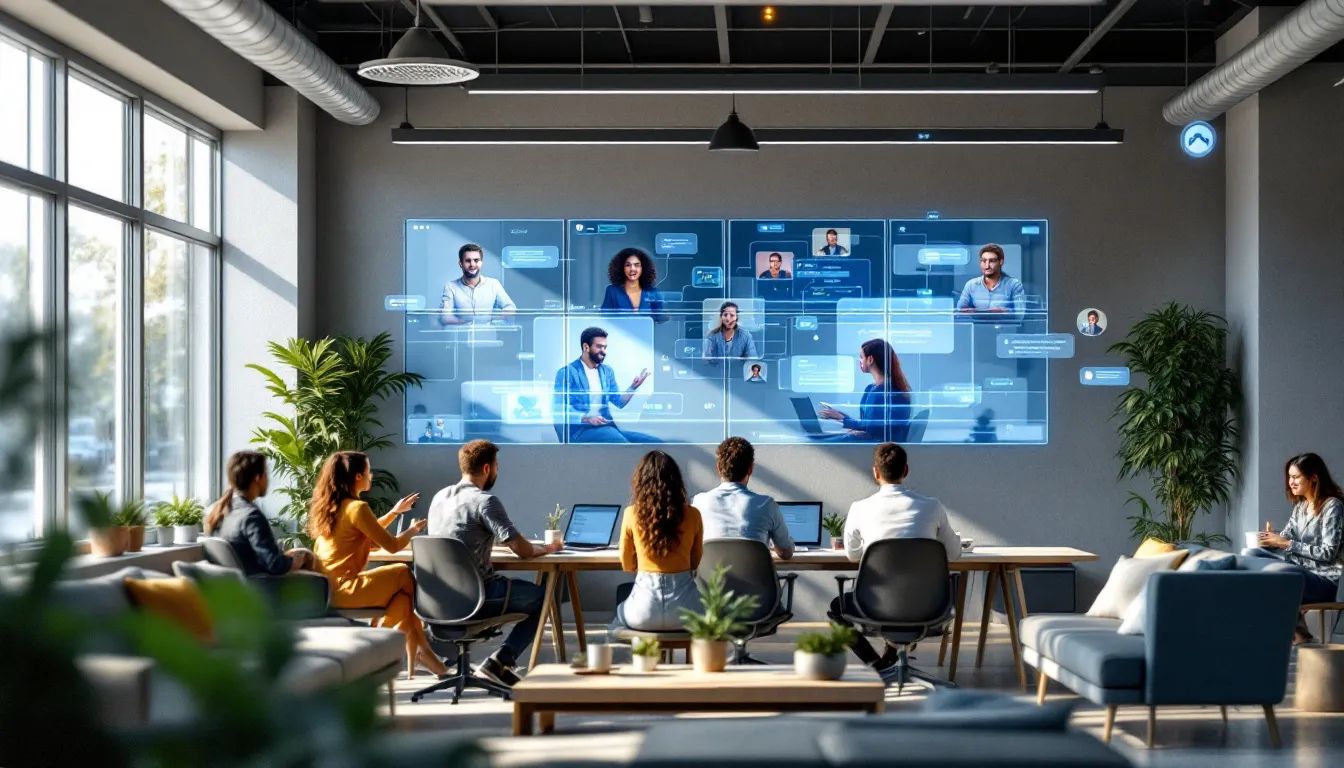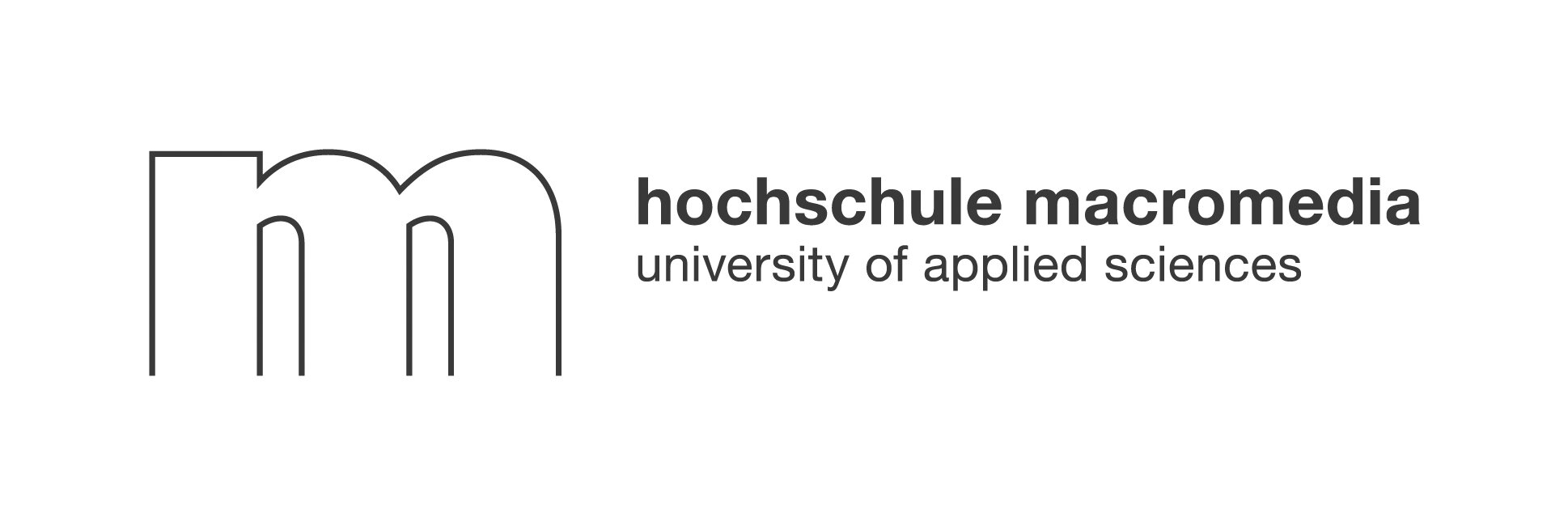Introduction to Social Workplace Solutions
In today’s evolving work environment, the term social workplace solutions is often at the heart of discussions about modern collaboration. As companies shift from traditional, siloed work structures to more connected and agile models, these strategies are becoming indispensable. It is essential to understand that social workplace solutions integrate digital tools with human connection to foster authentic interactions among employees. This approach moves beyond standard scheduled events, focusing instead on organic, AI-tailored micro-events that bridge the gap between remote and hybrid teams. The result is a work culture that is adaptive, engaging, and productive—one where every employee feels an inherent sense of belonging.
The modern workplace has seen rapid change in team dynamics and employee engagement. As workforces grow more diverse and geographically dispersed, companies have increasingly relied on technology to unite their teams. The promise of these digital frameworks lies in boosting efficiency and promoting a culture of cooperation.
Modern collaboration is not just about technology; it's about fostering genuine human connections.
Defining Social Workplace Solutions
Social workplace solutions are innovative digital strategies designed to improve teamwork and communication. They differ significantly from traditional workplace strategies that often rely on formal meetings and scheduled events. These modern approaches leverage online platforms and integrated tools to create a fluid communication network where employees engage naturally. Unlike older models that typically provided one-size-fits-all benefits, these solutions cater to individual preferences, enabling spontaneous and tailored interactions.
Digital tools are the backbone of these new systems. They offer chat functions, video conferencing, and AI-driven recommendations to help employees connect over shared interests. At their core, these strategies embrace the idea that everyone benefits when interactions are personalized and genuine. This evolution marks a departure from rigid corporate structures toward more flexible, employee-centered environments.
• They simplify communications by integrating various platforms.
• They offer custom experiences based on employee interests.
• They reduce planning friction by automating event suggestions.
• They foster organic team interactions over rigid, scheduled meetings.
Evolution of Workplace Environments

Over the past few decades, workplace environments have transformed dramatically from isolated, rigid settings to dynamic, interconnected digital hubs. The journey of transformation is marked by significant milestones that have reshaped how employees interact. Initially, work cultures were based on physical proximity, where informal watercooler conversations were the norm. Today, technology bridges geographical divides, paving the way for digitally integrated environments.
The evolution of Social workplace solutions illustrates a shift from purely transactional work relationships to those defined by collaboration and social interaction. Early efforts focused on email and intranet systems, but these were soon replaced by interactive platforms. Companies started to appreciate the benefits of a network where data and communication flow seamlessly, ultimately enhancing decision-making and innovation. Each technological advancement provided new opportunities for connection, making the workplace more adaptive and agile.
• The introduction of instant messaging redefined quick communication.
• Social media platforms enhanced external networking, influencing internal culture.
• Video conferencing became essential for global teams.
• AI-driven tools now drive personalized engagement strategies.
Technology sparks change, but human connection fuels progress.
The Importance of Social Workplace Solutions in Modern Business
Modern business demands environments where engagement, flexibility, and connectivity are not optional but essential. The role of Social workplace solutions in this scenario is pivotal. They serve as the mechanism by which companies drive innovation, improve efficiency, and nurture a supportive culture. For employees, these systems provide digital spaces to collaborate, share ideas, and support each other—regardless of physical location.
Effective employee engagement is crucial for enhancing productivity. Workers who feel connected are more likely to contribute novel ideas and maintain enthusiasm for their roles. Organic interactions reduce the stress of professional life and help team members overcome isolation, particularly in remote settings. This collaborative model ultimately leads to improved business outcomes. Every employee thrives in an environment where their individual needs are considered, and where their professional and personal growth is supported by a strong, unified community.
Employee engagement is the cornerstone of business innovation.
Enhancing Engagement and Collaboration
One of the greatest strengths of modern digital strategies is their ability to enhance engagement and collaboration. When companies adopt these forward-thinking methods, employee communication transforms from infrequent or formal exchanges into continuous, meaningful dialogue. In many organizations, employees now eagerly join micro-events facilitated by AI chat orchestrators or manager-led initiatives. This shift from obligatory meetings to spontaneous sessions has redefined the way teams interact.
Engagement is more than participation; it's about connection.
When employees share personal interests through tailored digital experiences, they are more likely to contribute ideas and feel valued. Both enthusiasm and productivity increase as staff members develop natural, effortless connections that drive innovative thinking. This change is essential in settings where remote work previously led to a sense of isolation or disengagement.
One compelling case is when a company transitions from mandatory large group events to AI-driven micro-events. Rather than large, impersonal gatherings, the focus shifts to curated moments that encourage authentic interactions. Participants in these smaller group settings have time to bond, explore common interests, and even discover new passions—whether that’s through a casual yoga session, a group cycling ride, or a themed cultural exchange. This method has proven particularly effective for hybrid teams, where differences in work settings can often create separate cultures.
Aligning Culture with Business Goals
Integrating personalized digital strategies within the workspace is about more than technology—it is also a cultural revolution. Aligning company values with everyday operations leads to a work culture that is not only productive but also supportive. When leaders encourage casual yet meaningful interactions, the connection between company goals and employee satisfaction is strengthened.
Culture is the invisible thread that ties individuals to a company’s mission.
In a typical traditional framework, events might feel obligatory and disconnected from individual preferences. In contrast, well-implemented digital interactions respect employee autonomy and encourage authentic relationships. This alignment is achieved by recognizing that happy, engaged employees directly contribute to a company’s success. When operations and culture align seamlessly, innovation becomes a natural outcome.
A remarkable example of this integration can be seen in initiatives that promote outdoor activities or wellness sessions. Companies like Neroia—which offers a social employee benefits platform designed to enhance workplace culture—demonstrate this philosophy. Our AI-driven recommendations for small-group activities ensure that interactions remain personal yet strategically aligned with business goals. This approach moves away from forced company events, instead encouraging organic gatherings that resonate with individual interests and work dynamics.
Implementing Social Workplace Solutions: Strategies and Best Practices
To integrate digital approaches into everyday work, practical strategies must be in place. Organizations are now turning towards structured planning that emphasizes smooth transitions, employee training, and change management. While many leaders have attempted large-scale events, it is the targeted, personalized interactions that truly resonate with employees.
Practicality and planning are the twin engines driving digital transformation.
One cannot underestimate the importance of selecting the right technologies to support these interactions. A robust digital infrastructure is fundamental for ensuring seamless adoption. Leaders should evaluate how different platforms fit into existing workflows. When technology and strategy align, employees enjoy more consistent experiences that merge professional obligations with friendly, relatable social encounters.
Choosing the right platforms is critical. For many organizations, a clear set of criteria guides the selection process. Consider the following ordered steps:
- Assess the tool’s compatibility with current systems and its customization features.
- Evaluate its user interface and support for AI-driven personalization.
These steps help determine which solutions meet the company’s unique needs and encourage broad adoption. Moreover, compatibility with existing systems minimizes the technical friction often encountered during major shifts.
Once a platform is chosen, the next step is creating a comprehensive roadmap for adoption. A detailed plan ensures that employees do not feel overwhelmed by sudden changes:
- Begin with pilot programs to introduce the concept.
- Gradually scale up the initiatives based on feedback and usage metrics.
These ordered steps are designed to ease employees into new ways of interaction while building confidence in the system. By following such a framework, companies experience a smoother transition and sustain high engagement levels throughout the process.
• Strategic planning reduces resistance to change.
• Clear roadmaps foster confidence among employees.
• Tailored training sessions enable fast adoption and adaptation.
• Pilot programs serve as a testing ground for innovative ideas.
Every successful transformation begins with a clear, step-by-step plan.
For you, as an integral part of your organization, these strategies provide a tangible path forward. Leaders who implement these measures observe improved performance and higher levels of employee satisfaction. This method transforms potential chaos into a well-organized transition towards a vibrant digital culture.
Choosing the Right Platforms and Tools
Selecting platforms that resonate within your organization is a critical component of the digital journey. When searching for robust tools, managers need to focus on what truly enhances connectivity and productivity. It is about choosing software that supports customized interactions and aligns with both personal and operational demands. In fact, criteria such as ease of use, integration with existing systems, and scalability are crucial to the process.
Modern digital platforms enable diverse functionalities that allow micro-interactions to flourish. These features include real-time messaging, AI-assisted coordination, and personalized notifications. By matching tools with your company’s culture, leaders encourage spontaneous yet organized employee participation. You might find that even simple interfaces can substantially transform teamwork into a more adaptive and friendly experience.
An effective tool should also promote security and reliability. Companies need to ensure that personal data remains safe and that only authorized users have access. This instills confidence among employees who see technology as a partner in productivity rather than an intrusive monitor.
• Ease of use remains a paramount selection criterion.
• Integration with existing workflows ensures a smoother implementation.
• Scalability allows the tool to grow with the organization.
• Advanced security features protect employee data.
Choosing the right tool is like finding the perfect key to unlock team potential.
A table below compares some key features of advanced digital platforms:
In short, the right platform can serve as a bridge between traditional structures and future-ready work environments. This thoughtful selection enables employees to experience a blend of security, personalization, and enhanced interaction every day.
Technology Drivers and Digital Tools in Social Workplace Solutions
Technology is at the heart of every digital transformation in today’s work environments. To enable smoother communication and authentic interactions, companies depend on advanced digital tools that must be both secure and user-friendly. The backbone of successful digital connectivity lies in robust software that seamlessly connects employees across various time zones and roles. The evolution of these digital tools has opened up remarkable opportunities for connectivity that truly enhance daily operations.
Digital tools shape the way we think, collaborate, and innovate.
When discussing these strategies, one cannot ignore the importance of integrating various tools that support real-time exchange and personalized interactions. Advanced software platforms offer features like AI-driven recommendations, personalized notifications, and secure collaboration methodologies. They empower leaders by providing critical insights into employee behavior and preferences while ensuring that privacy remains paramount. As businesses continue to invest in these new technologies, the focus is on crafting a secure, innovative space where every employee feels connected.
• Enhanced digital tools boost operational efficiency.
• AI-powered systems drive personalized communication among team members.
• Secure platforms ensure the protection of personal and company data.
• Integrated systems streamline communication across departments.
Technology is more than a tool—it is the catalyst for transforming workplace bonds.
Below is a table comparing key digital capabilities:
These technological drivers are pivotal to enabling a work environment where digital strategies and human elements coalesce effortlessly. By investing in robust tools that facilitate smooth communication and data privacy management, companies are positioning themselves for long-term success in a fast-paced, collaborative landscape.

Enhancing Employee Wellbeing and Productivity through Social Workplace Solutions
Employees are at the heart of every successful organization. Digital solutions not only promote professional collaboration but also significantly enhance overall employee wellbeing. A work environment that supports social engagements leads to happier, healthier workers, resulting in increased productivity. Organizations are discovering that authentic social interactions—through flexible, personalized digital events—help to nurture both mental health and professional growth.
Employee wellbeing is the bedrock of a thriving business.
Digital strategies now allow for a harmonious blend between professional tasks and social enrichment activities. For instance, embracing AI-coordinated micro-events allows employees to participate in activities aligned with their interests—ranging from lunchtime yoga sessions to after-work cycling groups. These initiatives foster genuine interpersonal connections that translate into improved teamwork and a vibrant office culture, whether employees are remote or onsite.
• Personalized interactions boost morale and foster a sense of belonging.
• Mental health benefits are realized through balanced work-life integration.
• Authentic engagements create more collaborative and supportive teams.
• Tailored digital events encourage both professional and personal growth.
Small moments of genuine interaction can transform overall productivity and wellbeing.
Below is a table that outlines the benefits of integrating digital micro-events into workplace routines:
By fostering a culture that values wellbeing equal to productivity, organizations find that the investment in digital solutions pays off in a wealth of innovative ideas and improved morale. These platforms not only modernize workplace communication but also create a safe space for employees to thrive both professionally and personally.
Future Trends and Innovations in Social Workplace Solutions
The future of workplace connectivity is bright, with emerging technological trends set to redefine how employee interactions are orchestrated. New innovations in artificial intelligence and digital platforms are constantly enhancing the capabilities of internal communication systems. As businesses further embrace a hybrid model of remote and in-office work, the focus will intensify on solutions that offer both flexibility and personalized engagement.
Future innovations promise not just more advanced tools, but richer, more human connections in every digital workspace.
Artificial intelligence continues to evolve and will play a pivotal role in refining workplace interactions. AI-driven systems are already tailoring recommendations for micro-events and personal meetups, ensuring that every interaction is perfectly suited to employee interests and schedules. This technology will further streamline processes like communication routing, event scheduling, and even conflict resolution by predicting potential issues before they escalate. The integration of machine learning with everyday workflows ensures the workplace remains as adaptive as it is efficient.
• Advancements in AI promise more precise, personalized employee engagement.
• Machine learning algorithms optimize workflows across diverse teams.
• Continuous data analysis supports better decision-making.
• The balance between human insight and technological precision will drive future success.
An adaptive, AI-powered workplace is the blueprint for tomorrow’s collaborative environment.




